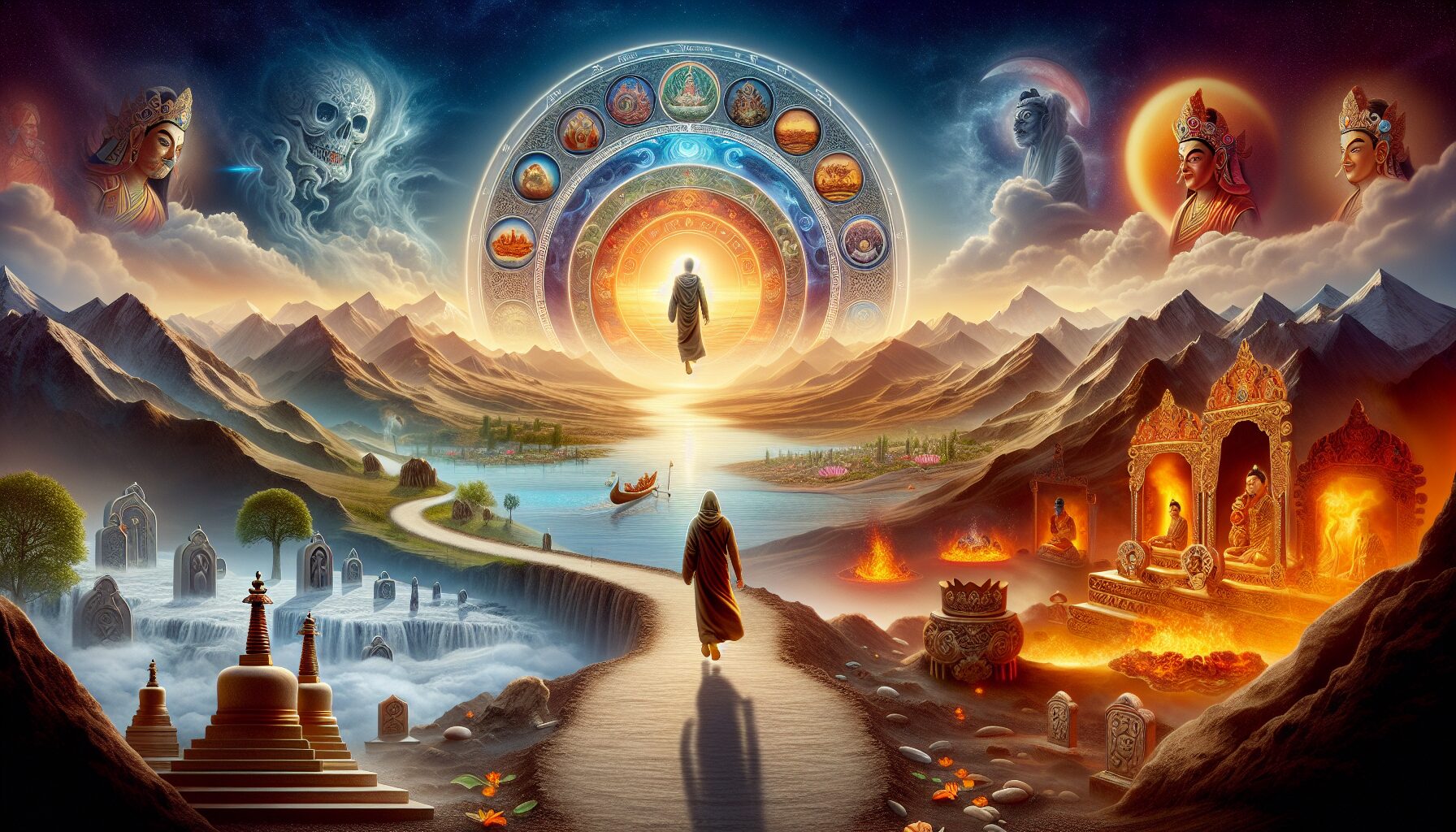Grave Goods: Objects Carried Beyond the Veil
Throughout human history, the dead have not journeyed into the afterlife alone. Grave goods have long been part of burial rituals across various cultures, reflecting our complex relationship with death, beliefs about the afterlife, and the social status of the deceased. These artifacts serve as both personal mementoes and indications of the broader cultural context in which individuals lived and died.
The Historical Context of Grave Goods
The tradition of burying the dead with objects dates back tens of thousands of years. The practice is thought to be rooted in the belief that these items would be useful in the afterlife or as symbols of the deceased’s life. From weapons and tools to everyday household items, grave goods tell a tale of continuity between the mortal world and whatever comes next.
According to Britannica, “Grave goods are fundamentally tied to the cultural and religious beliefs of a society, providing insight into how people viewed the connection between life and afterlife.” In some traditions, these items were intended to protect, adorn, or provide comfort to the dead, while in others, they served to affirm social status or achievements.
Iconic Examples from Around the World
- Egyptian Pyramids: Perhaps the most renowned example of grave goods comes from ancient Egypt, where pharaohs were entombed with vast treasures intended to accompany them to the afterlife. The burial chamber of Tutankhamun, discovered by Howard Carter in 1922, contained a wealth of objects, including the famous golden mask, jewelry, and a chariot. These treasures were designed to ensure the young king’s safe journey to the afterlife and to demonstrate his status.
- Chinese Terracotta Army: In China, the burial site of the first Emperor Qin Shi Huang is another dazzling example. Guarded by a terracotta army of over 8,000 soldiers, each uniquely hand-crafted, this army was believed to protect the emperor in the afterlife.
- Viking Burials: In Norse society, warriors were often buried with weapons, armor, and ships. These goods were intended to provide the deceased with the necessary means to fight and journey in the afterlife. The Oseberg ship burial, found in Norway, is one of the most significant Viking ship burials discovered, providing rich insights into the lives of powerful Viking chieftains and their beliefs about the afterlife.
Modern Interpretations and Continuations
While the grandeur of historical grave goods might seem distant from contemporary practices, the core concept persists. Modern funerary customs often include placing personal items like photographs, letters, or favorite objects with the deceased during cremation or burial. These items, while often less extravagant, still carry significant emotional and symbolic value, reflecting our enduring need to honor and remember those who have passed.
As The Guardian discusses, “Even in less death-fixated cultures, the notion of carrying mementoes or small talismans to accompany the deceased is prevalent. It speaks to a universal human need to create continuity between this world and the next.”
Contemporary Cultural Reflections
Grave goods also serve as cultural markers, enhancing our understanding of era-specific customs and social structures. In a sense, they are time capsules, preserving a moment or person for future generations to study. Such practices are continually unearthed and analyzed, adding layers to our understanding of past civilizations and the universality of human rituals surrounding death.
“The items people choose to bury with their loved ones—or themselves—reflect their beliefs, social status, and personal relationships both in life and in the perception of the afterlife,” explains Dr. Sarah Tarlow, a leading expert in the archaeology of death and burial rituals.
Conclusion
The tradition of grave goods eloquently illustrates the continuity and change within human societies over millennia. While the scope and meaning of these items have evolved, their fundamental purpose remains the same: to serve as a testament to personal and cultural identities as we face one of life’s greatest mysteries—what lies beyond the veil of death.
As cultural practices and beliefs about the afterlife continue to evolve, one constant remains—the human desire to bridge the gap between the living and the dead with objects steeped in love, memory, and meaning.




